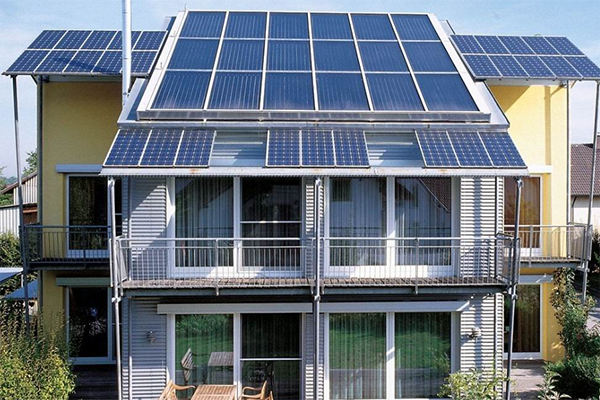Building energy-saving testing is to use standard methods, suitable instrumentation and environmental conditions, by professional and technical personnel of energy-saving buildings using raw materials, equipment, facilities and buildings, etc. to carry out thermal performance and technical operations related to thermal performance, it is an important means to ensure the quality of energy-saving building construction. Like the quality testing of conventional construction projects, the quality testing of building energy-saving projects is divided into two major parts: laboratory testing and on-site testing.

Building energy efficiency refers to the implementation of energy-saving standards, the adoption of energy-saving technologies, processes, equipment, materials and products, the improvement of heat preservation and insulation and the efficiency of heating, air-conditioning and refrigeration systems, the enhancement of the operation and management of the building energy-use system, the utilization of renewable energy sources, and the reduction of energy consumption for heating, air-conditioning and refrigeration, lighting and hot-water supply, while ensuring the quality of the indoor thermal environment, in the course of the planning, designing, new construction, reconstruction and renovation of the building. The energy consumption of heating, air-conditioning and refrigeration heating, lighting and hot water supply, i.e., under the condition of guaranteeing the improvement of building comfort, the use of energy is rationalized, and the efficiency of energy utilization is continuously improved. Simply put, building energy efficiency is to 'reduce energy loss in the building' and 'improve the utilization rate of energy in the building'.
China's building energy efficiency work began in the 1980s, in 1993, the development of GB50176 'Thermal Design Code for Civil Buildings'. In order to ensure the quality of building energy-saving projects, it is necessary to implement building energy-saving construction quality supervision through relevant testing. The National Center for Quality Supervision and Inspection of Building Energy Efficiency (NCQSIQ) accepts commissions for building energy efficiency testing and carries out building system evaluations.

Building energy efficiency testing includes:
(1) Performance of the main component materials of the thermal insulation system;
(2) Performance of external wall insulation system;
(3) Building exterior doors and windows;
(4) Energy-saving inspection of heating residential buildings;
(5) On-site inspection of building energy-saving projects.
The main instruments and equipment include thermal conductivity tester, infrared camera, exterior wall weathering tester, drawing instrument, insulation system tester, doors and windows airtightness determination, blower door airtightness test system (building airtightness test system), instrument dust particle counters and so on.